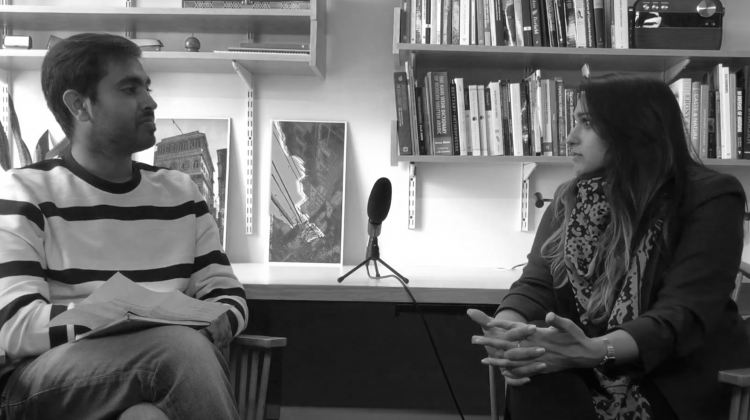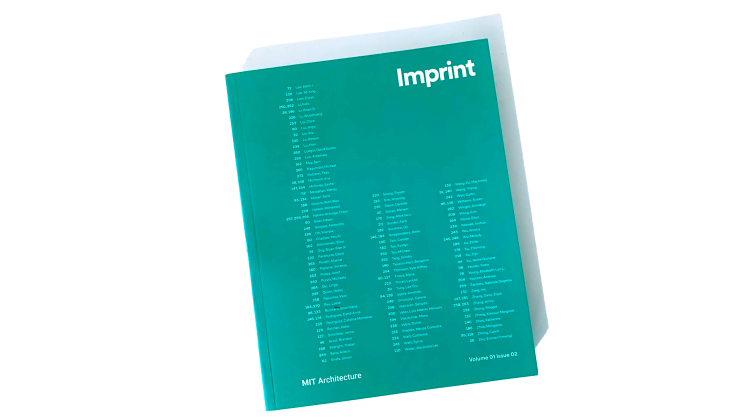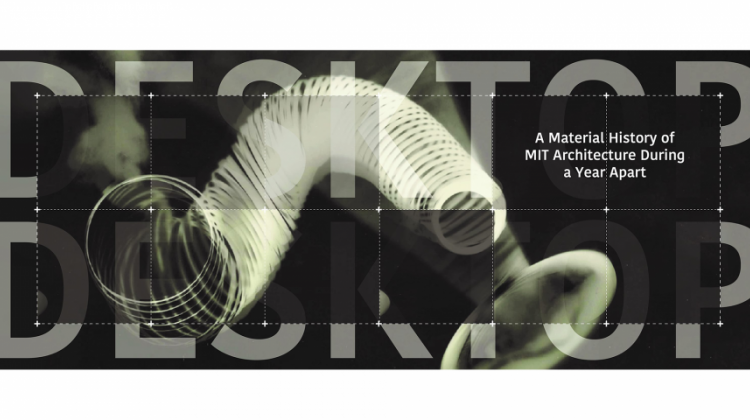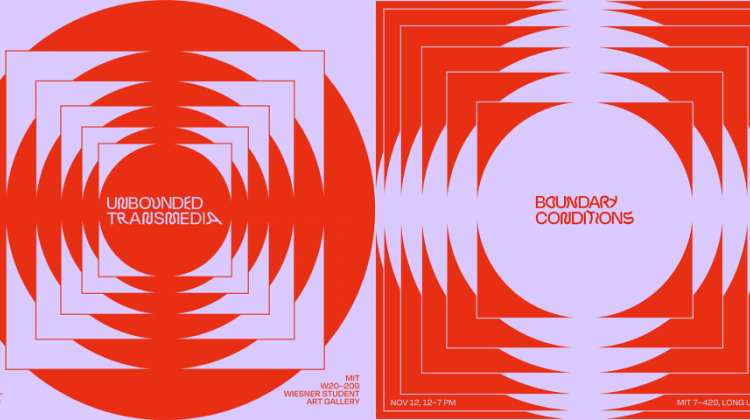Topics in Islamic Urban History: How Islamic Architecture Became a Design Category
"My country is no longer in Africa; we are now part of Europe. It is therefore natural for us to abandon our former ways and to adopt a new system adapted to our social conditions."
Khedive Isma'il, 1879
“Dubai….. is the new Cordoba.”
Sheikh Muhammad bin Rashid Al Maktum, 2006
Today, Islamic architecture is a restive design category that is debated yet applied by scholars and practitioners alike. Its definition in the last two centuries has undergone profound changes in substance and scope. Beginning as revivalist trends that mimicked European historicism in the 19th century, Islamic architecture emerged as an identitarian style with the formation of modern nation-states in Asia and Africa. After an interval in which vocal international modernism dominated, Islamic architecture came back on the wings of vernacular revival, critical regionalism, then postmodernism, which shaped its academic and professional parameters. Recent critical challenges, including urban and ecological depredations, unprecedented wealth in the Gulf and socioeconomic disparities everywhere, and a radical Islamicist turn, provoked Islamic architecture to explore new sociocultural outlooks, environmentalist and climatic orientations, historic preservation and rehabilitation, as well as branding strategies. This expanded purview at last ushered it into the global architectural discourse.
This seminar analyzes how Islamic architecture, traditionally confined to an architecture of the past, became a contemporary design category. It reconstructs the stages of its evolution and examines how it managed to incorporate diverse architectural, theoretical, political, cultural, technological, and socioeconomic currents within its core historicist foundation. Finally, the seminar anticipates future directions of Islamic architecture as they can be gleaned in the shifts in the Aga Khan Award for Architecture and the Gulf experiment with glitzy cutting-edge parametric design flavored with Islamic references.
Research paper required.








